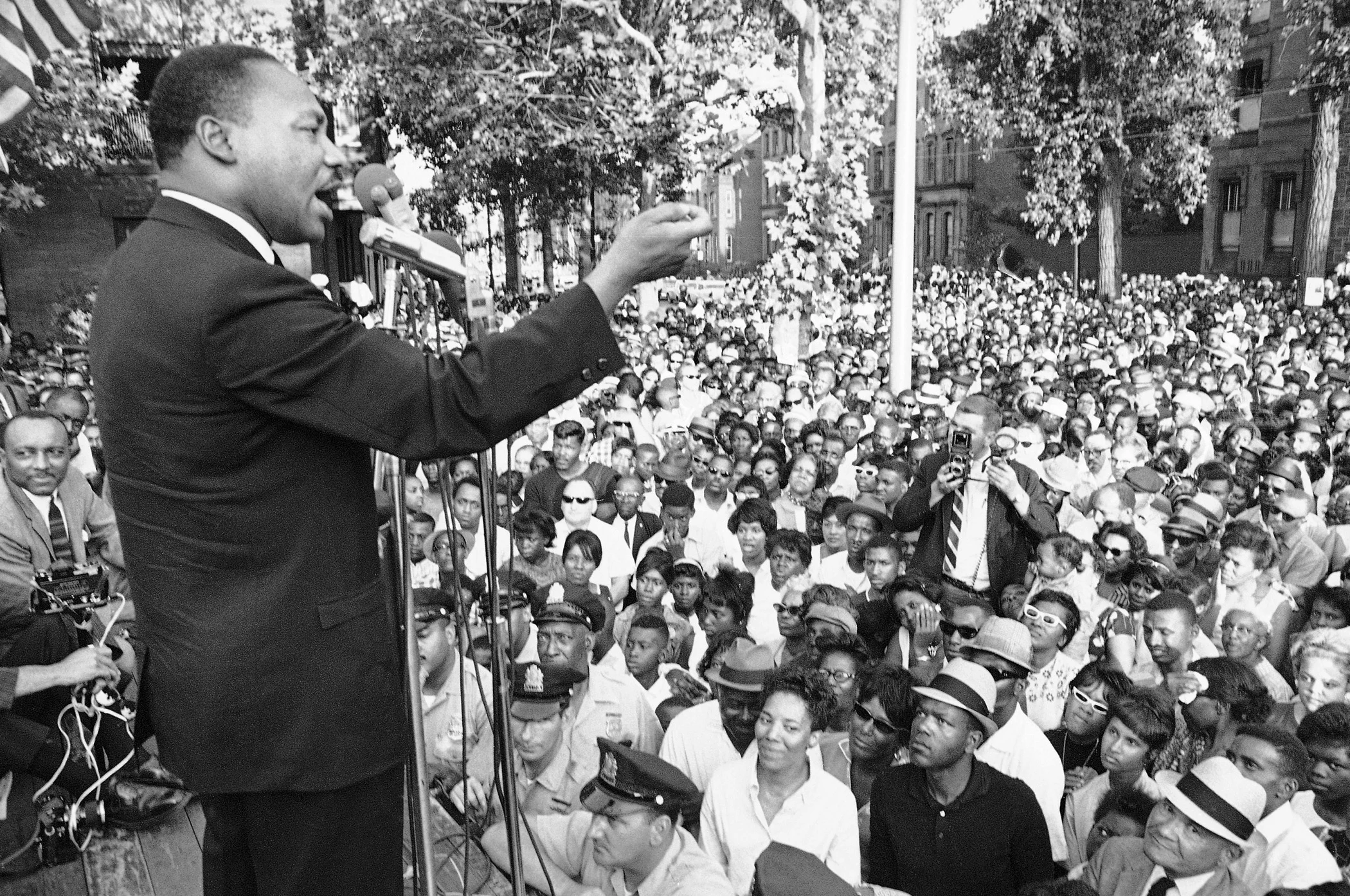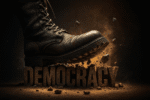More Than Morality—A Strategy for Change
The American Civil Rights Movement of the 1950s and 1960s remains one of the clearest examples of how organized, non-violent resistance can shift the course of history. Led by Martin Luther King Jr., the movement combined moral courage with sharp tactical awareness. It didn’t just speak truth to power—it forced power to respond.
King’s commitment to nonviolence was rooted in both Christian ethics and the teachings of Mahatma Gandhi. But for King and other leaders, non-violence was more than a belief—it was a strategy. By refusing to retaliate, activists exposed the violence of segregation for all to see, using public opinion as a pressure point for systemic change.
This article examines how nonviolent resistance was planned, executed, and sustained during the Civil Rights Movement—and why it remains relevant today. Like the irregular fighters of the American Revolution, civil rights organizers understood that confronting oppression required strategic asymmetry—whether through armed defiance or disciplined non-violence.
The Philosophy of Non-Violence
King’s approach didn’t just appeal to morality—it followed a logic of systemic pressure and controlled disruption, which aligns with broader subversion theory in resistance movements. Non-violent resistance was never passive. It demanded discipline, personal risk, and the courage to confront injustice without resorting to violence. At its core were two guiding principles that made it both morally powerful and strategically effective.
Moral integrity: Martin Luther King Jr. grounded his approach in agape—unconditional love for humanity, including one’s enemies. He taught that the goal was not to defeat or humiliate the oppressor, but to awaken their conscience. “We must love our enemies,” he declared, “because hate corrodes the soul and distorts justice.”
Strategic effectiveness: Non-violence stripped away the justification for repression. When peaceful protesters were beaten, jailed, or attacked, it revealed the true nature of the system. This helped win over moderates, national media, and international audiences, turning public perception into a weapon.
King’s genius was in fusing these moral and tactical elements. Drawing inspiration from Gandhi’s success in British-ruled India, he adapted non-violence to the American context, where legal pressure, visual media, and civic coalitions could all be leveraged to accelerate reform.
Core Tactics of Non-Violent Resistance
The Civil Rights Movement didn’t rely on spontaneous acts of protest. Every tactic was chosen with precision, aimed at exposing injustice, applying pressure, and forcing a response. These methods worked because they struck at key pillars of segregation—legal, economic, social, and political.
1. Sit-Ins: Reclaiming Public Space
In February 1960, four Black students from North Carolina A&T staged a quiet, resolute sit-in at a segregated Woolworth’s lunch counter. They refused service but refused to leave.
Why it worked:
- Challenged the legality and morality of segregated public spaces
- Created financial pressure by disrupting business
- Peaceful posture in the face of aggression generated sympathetic media coverage
- Rapid replication by students nationwide overwhelmed local enforcement
2. Boycotts: Economic Leverage
The Montgomery Bus Boycott wasn’t just a protest—it was a 381-day economic siege. Sparked by Rosa Parks’ arrest, it forced the transit system to operate with drastically reduced revenue.
Why it worked:
- Targeted a vulnerable dependency—Black ridership made up over 70% of customers
- Required intense coordination: carpools, alternative transit, walking collectives
- Showed that marginalized communities had economic power when unified
- Highlighted dignity and discipline in the face of hardship
3. Choosing Predictable Oppressors
King and his advisors deliberately selected cities with volatile leadership. Birmingham, under Bull Connor, became a flashpoint by design. They counted on violent suppression.
Why it worked:
- Generated dramatic, front-page visuals that couldn’t be ignored
- Made federal inaction politically untenable
- Exposed local authorities’ brutality and helped reframe segregation as a national moral crisis
4. Marches: Unity in Motion
Large-scale marches were not just symbolic—they were designed to be impossible to ignore. The 1963 March on Washington attracted over 250,000 people. Selma’s marchers risked life and limb.
Why it worked:
- Demonstrated cohesion and shared purpose across racial and regional lines
- Attracted extensive national and global media attention
- Created urgency among policymakers to legislate change
- Showed the moral and physical courage of the movement
The ability to shape public narratives was central to the movement’s success, explored further in our guide on influence.
5. Civil Disobedience: Breaking Unjust Laws
Protesters intentionally violated segregation laws to force legal and moral confrontation—a form of deliberate subversion that exposed the contradictions of American democracy. Civil disobedience targeted the legal scaffolding of segregation. In Birmingham, activists staged mass violations of segregation codes, knowing full well arrests would follow. When King was jailed, he responded with his Letter from Birmingham Jail, which became a foundational text for movements worldwide.
Why it worked:
Created legal records and trial proceedings that further documented injustice
- Forced confrontation with the legal system
- Showed that moral authority could supersede unjust laws
- Sparked dialogue among faith leaders, educators, and the public about the limits of obedience
What Made These Tactics Work?
Non-violence wasn’t just a moral posture—it was a tactical framework designed to provoke, reveal, and persuade. Its success lay in achieving three interconnected outcomes that reshaped public discourse and political will.
- Trigger an overreaction: Peaceful demonstrators deliberately placed themselves in high-risk environments where authorities were likely to respond violently. These calculated risks made the system’s cruelty visible, discrediting segregationists in the eyes of the broader public. The more brutal the response, the more legitimacy the movement gained.
- Capture media attention: The Civil Rights Movement was media-savvy. Organizers timed marches and protests to ensure maximum press coverage. Television, then a rising force in American households, became a weapon, broadcasting scenes of beatings, fire hoses, and arrests that shocked the conscience of the nation.
- Build broad coalitions: Non-violence spoke to shared values. It resonated with churches, students, labor unions, and middle-class moderates who may have otherwise remained on the sidelines. Internationally, it positioned the United States as a nation under moral scrutiny, especially damaging during the Cold War, when civil rights abuses contradicted its claims of democratic leadership.
By making injustice impossible to ignore, non-violence transformed spectators into allies and neutrality into complicity.
Training For Non-Violence
Non-violent resistance wasn’t improvised. Activists trained rigorously before engaging in protests. Workshops run by the Southern Christian Leadership Conference (SCLC) and Student Nonviolent Coordinating Committee (SNCC) taught protestors how to resist physical provocation, maintain discipline under duress, and remain calm when arrested. Role-playing exercises simulated harassment scenarios so that participants could react without escalating. This training was crucial—it transformed moral conviction into tactical resilience, especially in hostile environments. Non-violence, in this sense, was both a philosophy and a practiced skill. To understand how organizers mapped influence and maintained cohesion across networks, see our guide to social network analysis.
Difficulties and Doubts
Non-violent resistance was neither easy nor universally embraced—even within the movement itself. The path of peaceful protest came with serious costs and internal divisions.
- Physical and emotional toll: Activists faced brutal beatings, water cannons, tear gas, dog attacks, and extended jail time. Many suffered psychological trauma, constant surveillance, and the daily threat of death. Maintaining composure under such pressure required intense discipline and training.
- Criticism from within: Some younger activists and more militant groups, like the Student Nonviolent Coordinating Committee (SNCC) and later the Black Power movement, questioned the limits of non-violence. They argued that it failed to confront deeper systemic forces and often left Black communities vulnerable to continued violence.
- Opposition tactics: Authorities used mass arrests to disrupt momentum, infiltrated groups with informants, and launched disinformation campaigns to discredit leaders. Economic retaliation—such as firing known activists or evicting them from their homes—was also common, forcing many to choose between survival and resistance.
Despite these pressures, the non-violent movement adapted and endured. Its ability to respond to challenges—without abandoning its core principles—is a key reason why it succeeded where other efforts failed.
Key Moments in Strategic Non-Violence
The Birmingham Campaign (1963)
Birmingham was chosen with precision. It was one of the most segregated cities in America, and its leadership—particularly Commissioner Bull Connor—was known for extreme brutality. Activists from the Southern Christian Leadership Conference (SCLC), joined by local leaders, launched a sustained campaign of sit-ins, marches, and economic boycotts. When adults were arrested en masse, children stepped in. The Children’s Crusade saw hundreds of young protesters jailed and attacked with dogs and fire hoses. Televised images of this violence shocked the nation. The campaign led to the desegregation of public facilities and helped spur President Kennedy’s call for civil rights legislation.
Selma and the Voting Rights Act (1965)
In Selma, Alabama, the focus was on voting rights. Local Black citizens faced systemic barriers to voter registration, from literacy tests to outright intimidation. Activists organized a series of marches to demand federal protection of voting rights. State troopers violently attacked 600 marchers on the Edmund Pettus Bridge on March 7, 1965—a day later known as Bloody Sunday. The brutal footage galvanized public support and political will. Within months, President Lyndon Johnson signed the Voting Rights Act of 1965, outlawing discriminatory voting practices. Selma became proof that disciplined, non-violent resistance could not only expose injustice, it could change the law. Understanding how movements like Selma gained momentum over time is central to effective organizing, explored further in our piece on resistance mobilization.
Lessons for Today’s Movements
The Civil Rights Movement remains one of the most instructive examples of how organized, non-violent resistance can challenge entrenched systems. The movement succeeded not just because it claimed the moral high ground, but because it structured its actions, planned meticulously, and confronted injustice with calculated precision. Movements today—whether advocating for racial justice, political freedom, labor rights, or environmental protection—can draw essential lessons from their approach:
- Plan every action with moral clarity and strategic foresight: Spontaneity without preparation risks failure. Each march, boycott, or sit-in during the Civil Rights era was the result of deliberate planning aimed at a specific outcome.
- Use media and visibility as force multipliers: Images of injustice, when framed correctly, can sway public opinion and apply pressure on decision-makers. Modern activists must harness traditional and digital media with the same precision that King’s movement used television.
- Build coalitions across class, race, and ideology: Non-violence has the unique power to unite unlikely allies. Churches, unions, students, and even international partners became part of the Civil Rights coalition—not because they agreed on everything, but because they recognized shared values.
- Choose battlegrounds where injustice is visible and undeniable: Strategic location matters. By focusing on symbolic spaces—like lunch counters, bridges, and bus systems—activists made abstract principles tangible and forced the public to choose a side.
For those studying how resistance succeeds at scale, our guide to core concepts in social movement theory provides a useful framework. These lessons remain vital for any movement seeking not just attention, but impact.
Conclusion: Non-Violence as Strength
Martin Luther King Jr. demonstrated that true power lies not in domination, but in disciplined resistance. Civil rights leaders achieved victory through moral clarity and tactical precision—not by accident, but by deliberate design. Non-violent confrontation forced the nation to witness injustice, shifted public opinion, and compelled policymakers to act. It proved that moral force, when strategically applied, could break entrenched systems of oppression.
King often reminded the world:
“Nonviolence is a powerful and just weapon. It is a sword that heals.”
In today’s world—riven by authoritarianism, inequality, and deep social divides—this message carries renewed urgency. Non-violence is not weakness. It is a choice to fight with tools that build rather than destroy. For modern movements seeking justice, dignity, or democracy, King’s legacy offers a blueprint for change: confront injustice, not with rage, but with resolve.
Recommended Reading
- Gandhi and King: The Power of Nonviolent Resistance – Mary King’s comparative analysis
- Stride Toward Freedom – Martin Luther King Jr.’s account of the Montgomery Bus Boycott
- Bearing the Cross – Pulitzer-winning biography by David J. Garrow
- Parting the Waters – Taylor Branch’s definitive history of King’s early years
- Why We Can’t Wait – King’s reflection on 1963 and the urgency of civil rights
DISCLAIMER: Links included might be affiliate links. If you purchase a product or service with the links that I provide I may receive a small commission. There is no additional charge to you.




Leave a Reply